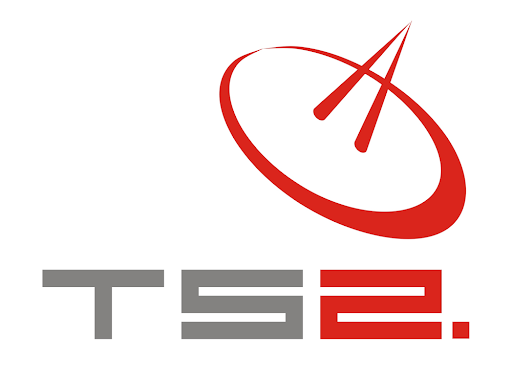DJI Updates Geofencing System in the U.S., Aligns with FAA Regulations

DJI, the global leader in drone technology, has announced updates to its geofencing system (GEO) for most consumer and enterprise drones in the United States. These changes, effective January 13, 2025, aim to enhance compliance with Federal Aviation Administration (FAA) airspace regulations while providing more flexibility to drone operators. The update applies to the DJI Fly and DJI Pilot flight apps, bringing the U.S. system in line with changes already implemented in the European Union (EU).
Key Changes in the Geofencing System
The updated GEO system replaces DJI’s proprietary geofencing dataset with official FAA data. Key changes include:
- Redefining Restricted Zones: Areas previously classified as Restricted Zones (No-Fly Zones) will now appear as Enhanced Warning Zones, consistent with FAA designations.
- In-App Alerts: Operators will receive notifications when flying near FAA-controlled airspace, encouraging caution while leaving final responsibility with the operator.
- Streamlined Updates: Drone operators can easily update their flight apps by connecting to the internet and clicking the “Update” button on the FlySafe pop-up notification.
These changes reflect DJI’s commitment to balancing safety and regulatory compliance with operator flexibility, aligning with evolving global standards for drone usage.
A History of Industry Leadership in Safety
Since launching its GEO system in 2013, DJI has led the drone industry in integrating advanced safety features. Some notable firsts include:
- Altitude Limits and GPS-Based Geofencing: Helping pilots avoid unsafe locations such as airports and government buildings.
- Autonomous Return-to-Home: Automatically guiding drones back to their launch point if they lose connection or experience critically low battery levels.
- Obstacle Detection Sensors: Enhancing flight safety with real-time awareness of nearby objects.
- Remote Identification (Remote ID): Enabling authorities to identify and monitor drones in real time.
These pioneering efforts have helped shape the drone industry, fostering safer and more responsible flying practices worldwide.
Global Adoption of the Updated GEO System
DJI’s updated geofencing system has already been rolled out across several EU countries since January 2024, starting with Belgium, Germany, and France. By mid-2024, the system was extended to Estonia, Finland, and Luxembourg. The remaining EU countries under European Aviation Safety Authority (EASA) jurisdiction are also adopting the update, reflecting a unified approach to drone regulation across Europe.
How the Update Impacts Drone Operators
- Enhanced Control: Operators now bear full responsibility for flights in Enhanced Warning Zones, aligning with regulatory principles that emphasize geo-awareness and pilot accountability.
- Airspace Authorization: Flights in these zones require airspace authorization directly from the FAA, ensuring compliance with local laws.
- Ease of Use: The update simplifies geofencing for pilots while offering greater flexibility compared to previous restrictions.
DJI’s Ongoing Commitment to Safety and Compliance
This update underscores DJI’s dedication to advancing drone safety and regulatory alignment. The company encourages drone operators to conduct flights responsibly, adhering to local laws and consulting resources like the FAA’s No Drone Zone guidelines.
By integrating FAA data into its geofencing system, DJI ensures that drone pilots in the U.S. have access to the most up-to-date airspace information, paving the way for safer and more informed drone operations. For more information and to update your DJI app, visit the DJI FlySafe website.
